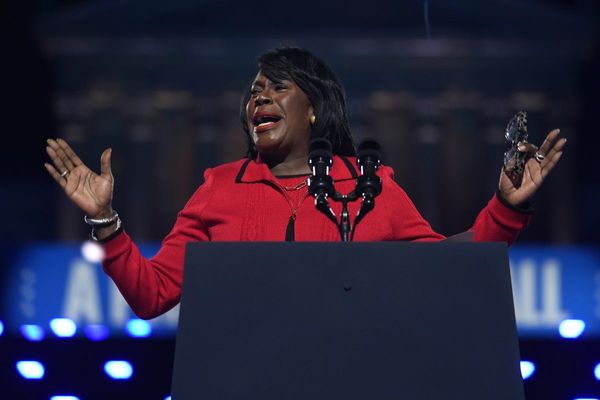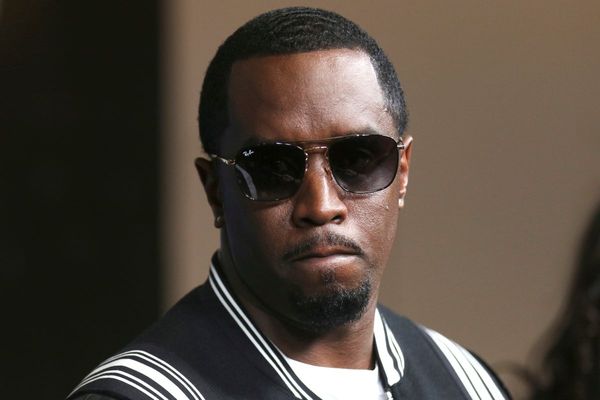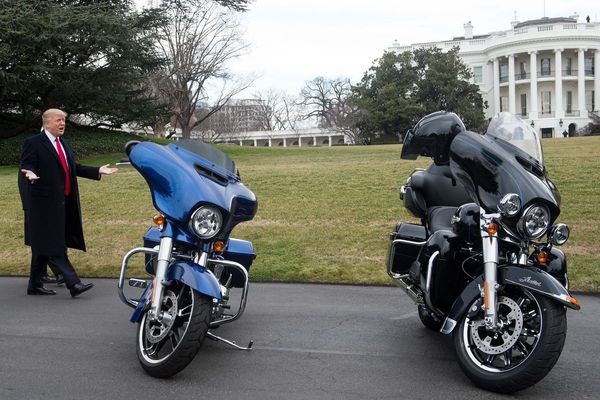
There’s nothing I enjoy more than being condescended to on Twitter, so I’ve filled my new film Fear Itself – notionally a journey through horror cinema, available now on BBC iPlayer – with movies that stretch the definition of horror to its limit. Already my life is a stream of tweets reading: “I think you’ll find Enduring Love is a psychological thriller, actually.” But I’ve always found the scariest moments in cinema to be those that occupy the spaces outside horror, and here are just a few of them…
Willy Wonka & The Chocolate Factory (1971)
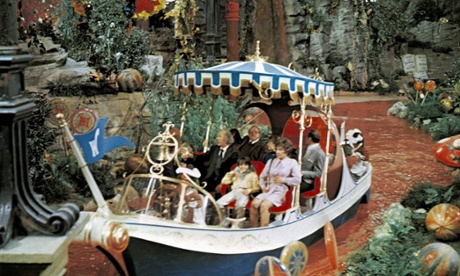
Roald Dahl was famously dissatisfied with the first big-screen adaptation of Charlie And The Chocolate Factory, though if the film’s most notorious sequence is anything to go by, he was probably just annoyed to be outdone in the freaking-out-small-children stakes. About 45 minutes into the film, just as you start to get a feel for its basically good-natured tone, Wonka invites his guests on a supposedly “wondrous” boat ride that’s more of a voyage into the very bowels of hell, throughout which the chocolate baron barks unintelligible free-association poetry at the children like some kind of intellectually unravelling circus-clown Ginsberg.
The Curious Case Of Benjamin Button (2008)
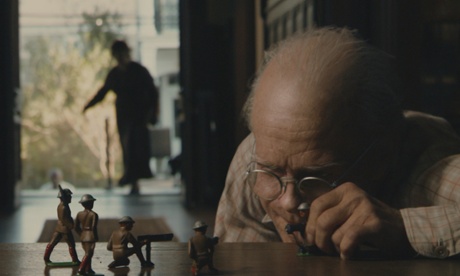
David Fincher’s three-hour campaign ad for the best makeup Oscar may have all the subtlety of a Mr Men book when it comes to conveying life lessons, but it captures the devastating inevitability of ageing with rare clarity. The story of a man who ages backwards – much as the film’s star Brad Pitt does every time he shaves off that godawful moustache – The Curious Case Of Benjamin Button allows solipsistic millennials like myself to comprehend the ravaging onslaught of old age by putting it in youthful terms we can understand, most notably in the haunting moment an elderly Pitt finally degenerates into a baby.
Click (2006)
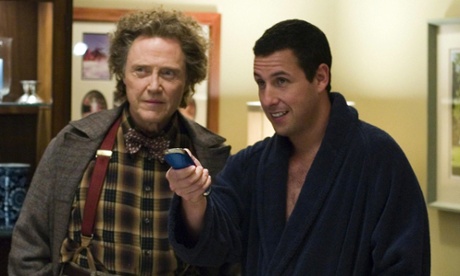
Many credit Punch-Drunk Love with drawing out the sinister undertones in Adam Sandler’s belligerent comic persona, ignoring the fact that Sandler’s most unnerving film lies squarely within his mainstream oeuvre. The trailers for Click may have foregrounded the mischievous japes that Sandler’s character enacts with his magical time-shifting remote control, but they failed to touch on the utterly harrowing series of events that constitute the film’s last half-hour. By the time the credits roll, Sandler has developed chronic obesity, undergone chemotherapy and suffered two heart attacks. For what’s essentially a feature-length episode of Bernard’s Watch, it’s a jarringly bleak outcome.
Roger & Me (1989)
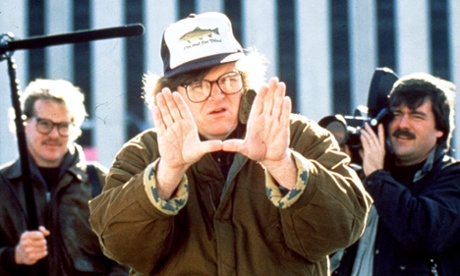
Michael Moore’s breakthrough film is – like most of the capped crusader’s work – an often riveting, occasionally irritating study of how people in power make life miserable for those at the bottom of society. In the film’s most infamous scene, we’re shown how the closure of auto plants in Flint, Michigan has affected the life of a single resident, Rhonda Britton, who sells rabbits from her home. Moore has barely introduced himself before she leans across the threshold of her home and utters what becomes a macabre sort of catchphrase: “pets or meat?”
Big (1998)
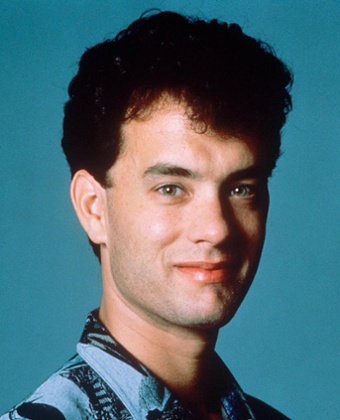
All body-swap comedies are essentially horrific, imbued as they are with the existential despair inherent in the exchange of identities between two human vessels. Even then, the conclusion of the classic Tom Hanks vehicle Big makes for an especially disturbing case study. In the film’s final moments, Elizabeth Perkins watches as the adult man she’s been fucking for the last two months transforms back into a 12-year-old boy, rendering her a statutory rapist and him a tragic figure who – having known life as a post-pubescent – must now return to the body of a hairless child.
Synecdoche, New York (2008)
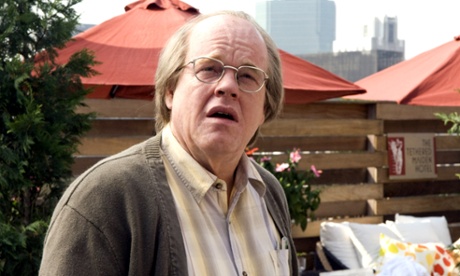
Major illnesses are easy to capture on screen because they’re inherently momentous. Harder to get right are those minor ailments – from paper cuts to sore throats – that bring with them a special kind of terror. Charlie Kaufman’s supremely self-absorbed opus Synecdoche, New York captures the feeling of a trivial malady with remarkable precision, introducing its protagonist Caden Cotard in the midst of a flurry of psychical imperfections, from cosmetic head wounds to worryingly yellow bowel movements. The cumulative effect is a reality in which everything is very, very slowly going wrong.
The Hunt (2012)
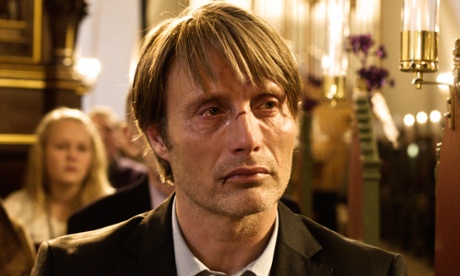
Essentially a Danish adaptation of the Brass Eye Paedogeddon special, The Hunt sees an entire village descend into hysteria after a young girl mistakenly accuses her nursery-school teacher of sexual abuse. And if Noel Edmonds has taught us anything, it’s that nothing is more horrific than people who mistakenly believe they’re on the side of right. Leading man Mads Mikkelsen winds up on the receiving end of more brutality than he ever meted out as a Bond villain, not least in the tenser-than-all-get-out scene in which he unwisely elects to attend a local church service.
The Forgotten (2004)
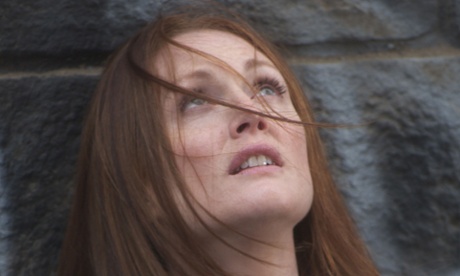
When a memorable scene crops up in the middle of an otherwise unremarkable movie, it’s hard not to suspect that the screenwriter had a single good idea and decided to build an entire motion picture around it. In which case, whoever wrote The Forgotten must have briefly been filled with the creative talents of Almighty God before forgetting how to write altogether, because an hour into this nothingy Julianne Moore thriller you’ll find one of the most shocking scenes in cinema history. Words can’t do it justice, so do yourself a favour and have a look.
